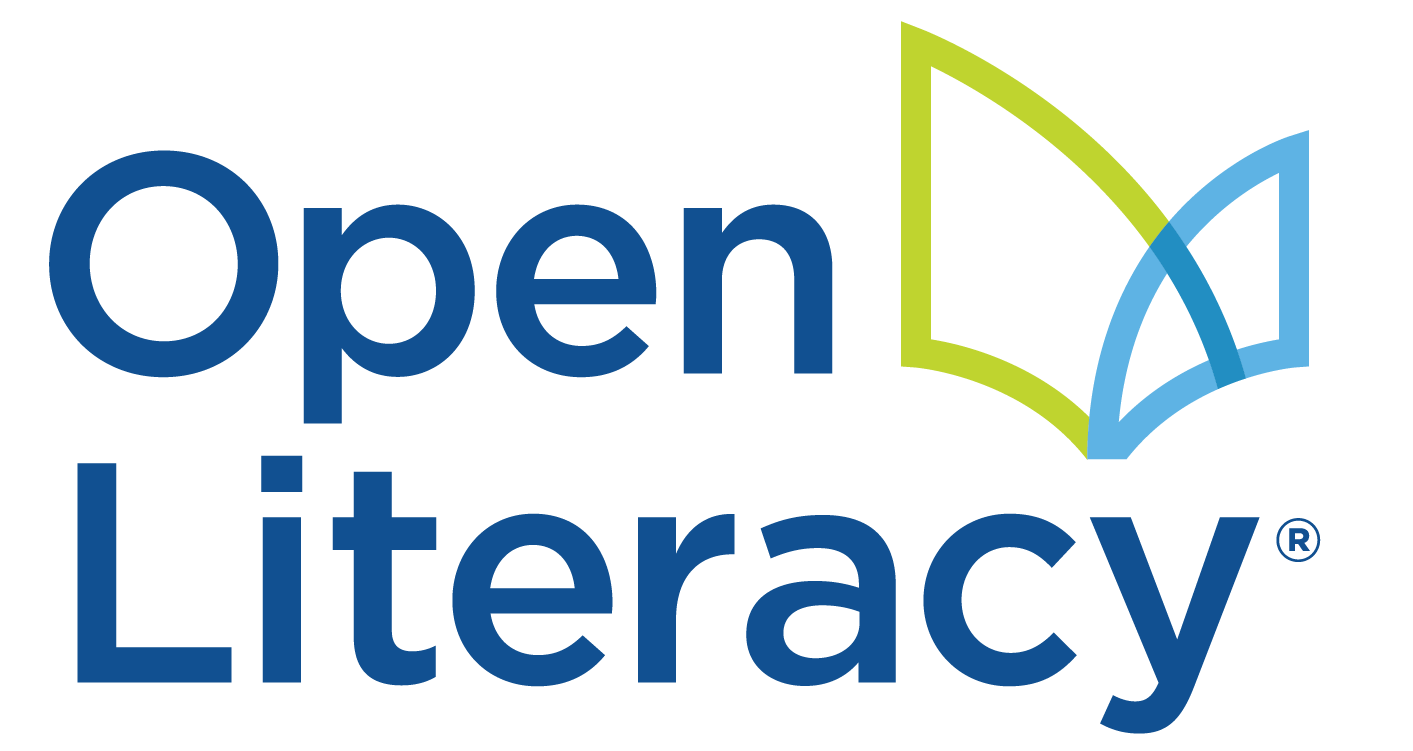Can we Teach All Students to Read Well?
Do you live in a state that has a third grade reading policy? A policy that mandates that all kids need to read well by the end of third grade, the year when reading abilities can predict the likeliness of high school graduation?
Reaching this goal – truly ensuring that all students can read at grade level by third grade – is a huge challenge. If we are committed to ensuring that all children read well when they exit third grade, we must ensure that every child has a teacher at every single grade level PreK through third grade who is well-versed in the specialized knowledge and skill required to teach early elementary reading.
The Importance of High Quality Literacy Teaching in the Early Elementary Grades
We know that having amazing teachers in the early elementary grades results in increased academic achievement, reduced grade retention, increased graduation rates, and an increase in overall earning power as an adult. Ensuring children can read well changes life trajectories. Strengthening learning in early years is much easier and cheaper than more costly solutions later in life and provides the greatest return on investment.
However, literacy achievement outcomes in the United States remain much less than ideal. Why, despite considerable investment, has there been no significant movement in early literacy achievement? This is especially bewildering in an area where, as many scholars have noted, there is some hard-won consensus with regard to the types of learning experiences young children need in order to become proficient readers and writers. Researchers and practitioners mostly agree on what high-quality early literacy instruction looks like!
Teaching young children to read is a really important part of the work of an elementary teacher. However, teacher certification programs often provide minimal training that specifically targets early elementary literacy teaching. In some states, teaching candidates take just one course focused on beginning reading instruction. There’s just no way you can learn all of the specialized knowledge to teach reading in such a short period of time. Imagine a candidate pursuing K-8 certification in the state of Arizona. After completing two required courses on teaching reading (along with a range of other program requirements) the candidate student teaches in fifth grade and is then certified to teach K-8. After graduation, the candidate is hired to teach first grade but has no formal teaching experience at those grades and minimal preparation through university coursework. If teaching early elementary literacy requires specialized knowledge and skill, we currently cannot guarantee that all certified teachers have been trained to do this specialized work.
Teaching Early Reading is Difficult but Doable Work
Teaching young children to read is challenging work that requires specialized knowledge and skill beyond simply knowing how to read. Early elementary teachers must be steeped in knowledge of language development, phonics, and understanding how beginning readers move from early decoding to more skillful reading. Yet there is an ongoing perception that early elementary grades are the easiest grades to teach. This couldn’t be further from the truth.
Changing third grade reading outcomes will require having a highly trained early reading teacher in every elementary classroom.If states want to meet the challenge of having all kids read well by the end of third grade, they must invest in building teacher capacity in the early elementary grades with learning opportunities that are focused specifically on doing this important, specialized work.
Never miss a post!
Follow us on Instagram and Facebook
Have a literacy question you’d like answered? EMAIL US
Return to BLOG HOME
